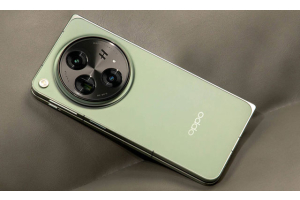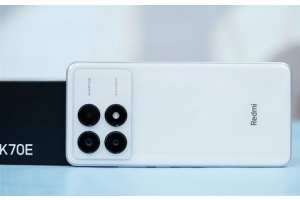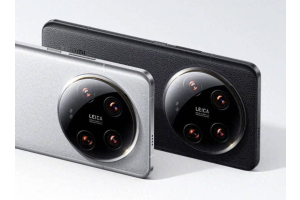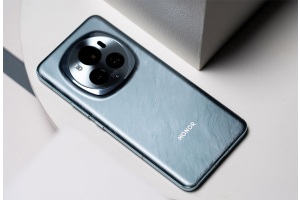OnePlus Ace 3 Review: Best Performance Smartphone in Its Price Range!
The OnePlus Ace series has only been around for a year and a half, but it has set a performance benchmark in its segment. It allows users to experience flagship-level performance at an affordable price. Models like the OnePlus Ace 2, OnePlus Ace 2V, and OnePlus Ace 2 Pro have received praise, demonstrating user recognition and support. Now, OnePlus has launched the all-new OnePlus Ace 3, a flagship product for 2024, featuring comprehensive upgrades in design, screen, performance, gaming, imaging, and battery life.
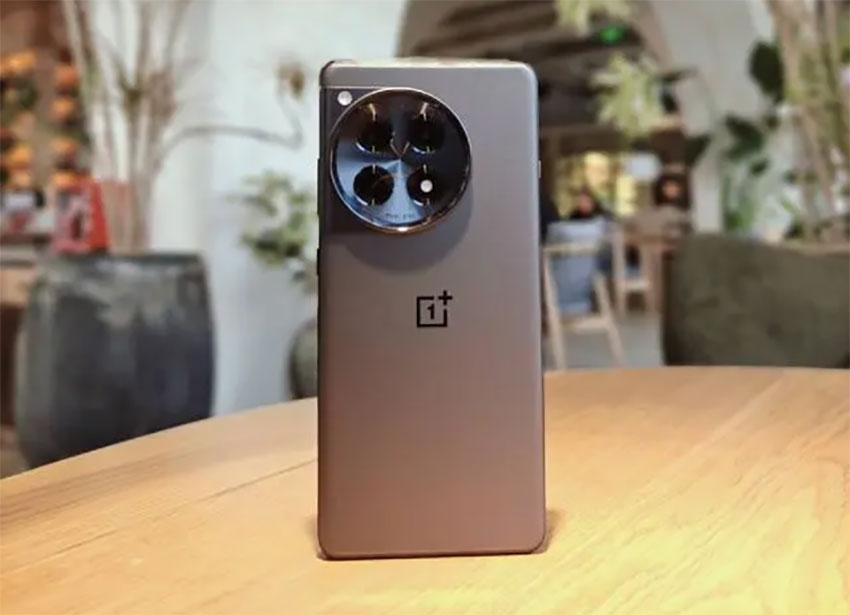
The core configuration of the OnePlus Ace 3 consists of the second-generation Snapdragon 8 mobile platform, LPDDR5X, and UFS 4.0, forming a performance triangle. It also features the aerospace-grade Tengong heat dissipation system Pro, which includes a large 9140mm² heat dissipation area, ensuring excellent heat dissipation. Combined with powerful hardware, OnePlus can optimize gaming experiences more deeply. The OnePlus Ace 3 introduces four new technologies: self-developed HyperBoost gaming frame rate stabilization engine, Super Frame Super Picture engine, intuitive touch control, and cloud computing private network. These technologies enhance gaming stability in terms of rendering, touch operation, and network stability.
In terms of the display, the OnePlus Ace 3 features a 1.5K East Screen, jointly developed with BOE, offering top-notch display quality, ultra-high brightness, extended screen lifespan, medical-grade eye protection, and flagship-level smoothness. This screen material is the same as that used in the OnePlus 12 flagship, boasting outstanding display capabilities and an industry-leading peak brightness of 4500nit.
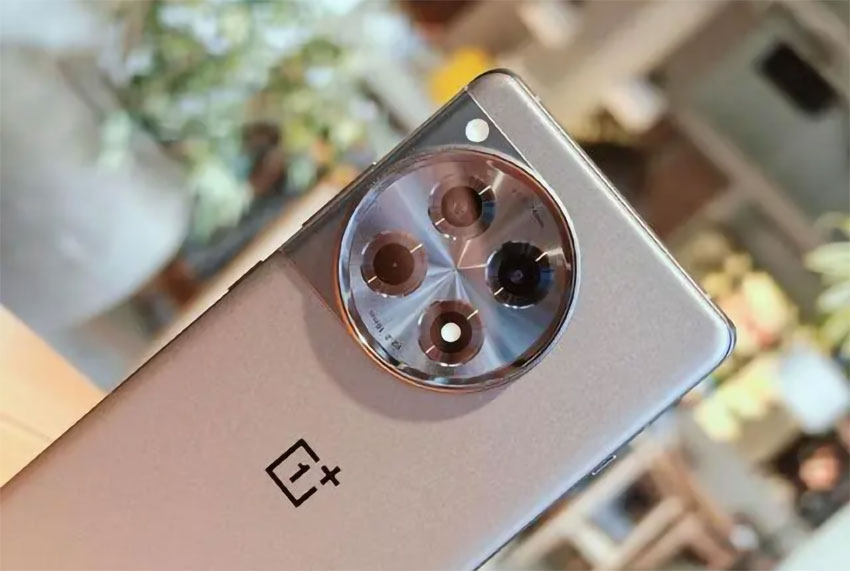
OnePlus maintains its flagship quality with the OnePlus Ace 3, featuring a flagship-grade metal frame and glass craftsmanship that surpasses competitors in its segment. The device is equipped with a 5500mAh large battery and supports the long-life version of 100W fast charging, setting a new standard in its segment. The OnePlus Ace 3 retains the ultra-thin under-screen fingerprint sensor from the previous generation Ace Pro, which is more ergonomically positioned and intuitive to use. The rear camera module consists of a 50MP main camera, 8MP ultra-wide-angle camera, and 2MP macro lens, adopting the design of the OnePlus 12 series for a more integrated look.
Appearance: The 1.5K East Screen achieves a maximum brightness of 4500nit, flagship-level craftsmanship delivers outstanding texture.
The front of the OnePlus Ace 3 features a 6.78-inch 1.5K East Screen, a curved flexible OLED panel with a resolution of 2780×1264, 450 PPI, supporting 120Hz dynamic refresh rate, 1.07 billion colors, 100% DCI-P3 color gamut, HDR10+, and Dolby Vision, covered with Corning Gorilla Glass Victus2. The screen, jointly developed with BOE, boasts a peak brightness of 4500nit and a typical brightness of 800nit, with a global brightness of up to 1600nit. The display adopts OPPO's first-generation Display P1 chip and high-precision pixel-level calibration algorithm, certified by DisplayMate A+. It also features exclusive eye protection technology to reduce harmful blue light. The screen supports a 2106Hz high-frequency PWM dimming, delivering excellent overall quality.
The back cover of the OnePlus Ace 3 features flagship-grade glass craftsmanship, creating unique textures through advanced production techniques, elevating its quality. The top and bottom details include the conventional noise-canceling microphone, speaker, USB-C port, and SIM card slot, with added infrared remote control functionality. The middle frame adopts a flagship-grade aerospace-grade aluminum alloy, with a delicate sandblasting texture and precise cutting on all four sides, offering a smooth grip. The iconic three-stage switch design of the OnePlus Ace 3 allows for quick switching between ring, vibrate, and silent modes.

Performance and Gaming Experience: Antutu benchmark score reaches 1.66 million, "Genshin Impact" runs close to full frame rate, superior heat dissipation efficiency.
In terms of core configuration, the OnePlus Ace 3 is equipped with the second-generation Snapdragon 8 mobile platform, LPDDR5X, and UFS 4.0 flagship performance triangle. It also features three self-developed technologies: microarchitecture supercomputing engine, memory gene recombination 2.0, and refreshed storage technology, optimizing processor, memory, and flash memory for maximum performance. The OnePlus Ace 3 features the aerospace-grade Tengong heat dissipation system Pro, with a large 9140mm² heat dissipation area and the strongest thermal conductivity aerospace-grade new-generation superconductive graphite, high-performance thermal conductive gel, and a unique integrated dual-cycle heat dissipation system, ensuring stable performance output. Benchmark tests and gaming tests were conducted with high-performance mode enabled to unleash maximum performance.
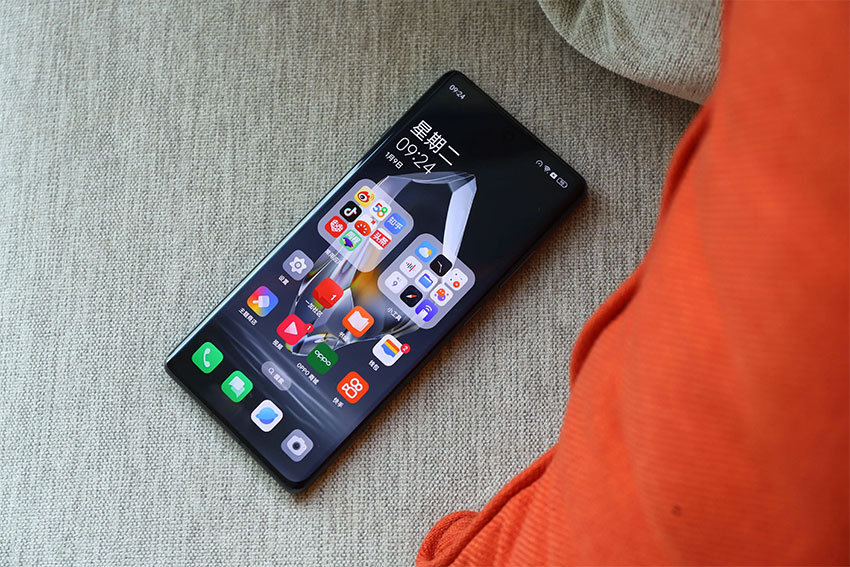
In Antutu V10, the OnePlus Ace 3 scored 1,663,450 points, with CPU scoring 407,545, GPU scoring 605,826, MEM scoring 338,294, and UX scoring 311,785. In the single-core test of GeekBench 6, it scored 2001 in single-core and 5414 in multi-core. In the GPU single-core test of GFXBench, it achieved 153 FPS in Aztec Ruins OpenGL, 180 FPS in Aztec Ruins Vulkan, 128 FPS in Car Chase, 220 FPS in Manhattan 3.1, 325 FPS in Manhattan Offscreen, and 489 FPS in Dinosaur Offscreen.
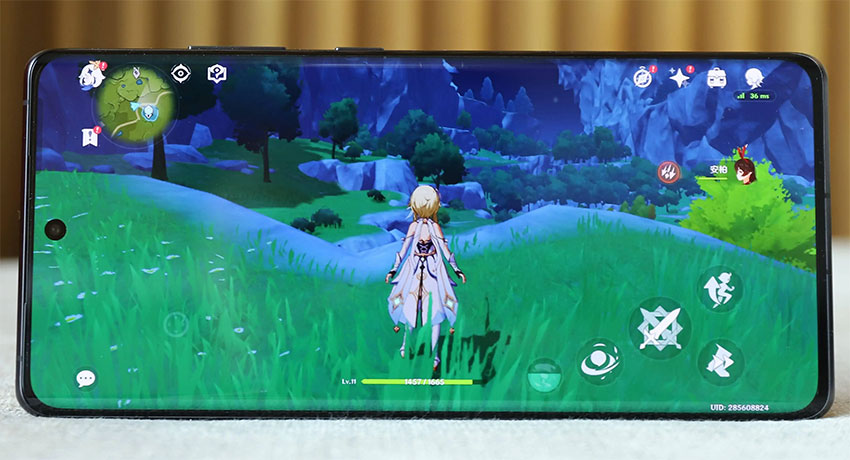
The OnePlus Ace 3 features the new generation HyperBoost gaming frame rate stabilization engine, a self-developed chip-level gaming frame rate stabilization technology, providing users with a smooth and stable gaming experience without frame rate drops or loss of image quality. During gaming, users can activate the gaming assistant from the sidebar, offering low-power, balanced, and esports modes. Enabling esports mode provides more stable gaming performance but may increase heat generation. In gaming tests with "Genshin Impact" set to high settings and 60 FPS, the OnePlus Ace 3 maintained an average frame rate of 59 FPS, nearly reaching the full frame rate. The device's gaming center offers adaptive frame rates, super-resolution, and super-HDR options for all games without additional adaptation. Adaptive frame rates can render games at 1.5K resolution, while super-resolution can achieve 120 FPS, both of which can be enabled simultaneously without restrictions.
Image Experience: IMX890 sensor + Super Vision Imaging Engine algorithm provides flagship-level image quality in some scenarios.
The rear camera of the OnePlus Ace 3 features a triple-camera setup, with the main sensor being the Sony IMX890, offering 50 million pixels, a 1/1.56-inch large sensor, f/1.88 aperture, OIS optical image stabilization, and the same Super Vision imaging engine algorithm and Super Vision ProXDR display as the OnePlus 12. In daylight scenarios, the IMX890 sensor provides excellent resolution and preserves light and shadow details, coupled with the Super Vision imaging engine algorithm, delivering excellent color reproduction. Although not positioned as an imaging flagship, the OnePlus Ace 3 delivers satisfactory performance, even rivaling flagship devices in some scenarios. Nighttime shots also demonstrate excellent performance, with delicate color reproduction and well-controlled noise. It is recommended to avoid strong light sources during nighttime photography to prevent ghosting issues.
Charging and Battery Life: 100W SuperVOOC charging fills the battery in just 24 minutes, 5500mAh battery provides over 12.5 hours of extended battery life.
The OnePlus Ace 3 is equipped with a 5500mAh battery and the SUPERVOOC S full-link power management chip, which improves battery discharge efficiency to almost no loss at 99.5%. It features the long-life version of 100W SuperVOOC charging, using a new direct current architecture that eliminates the need for charge pump voltage conversion, achieving an industry-leading charging efficiency of 99% with minimal power loss.
Starting from 5% battery, it charges to 58% in 10 minutes and 78% in 15 minutes, fully charging in just 24 minutes. The OnePlus Ace 3 also features intelligent battery health algorithms and biomimetic repair electrolyte technology, significantly reducing battery capacity loss and extending battery lifespan, ensuring the battery retains over 80% capacity after 1600 charge and discharge cycles.
Conclusion: Leveraging its "most stable frame rate, most aggressive temperature control" characteristics, the OnePlus Ace 3 offers an experience far beyond its segment.
The OnePlus Ace 3 excels in all aspects, making it the strongest contender in its segment. Its performance and quality are on par with the K70 series from competitors. Thanks to OnePlus' optimizations in both hardware and software, the full potential of the second-generation Snapdragon 8 mobile platform is unleashed, delivering impressive performance in games like "Genshin Impact," with an average frame rate of 59 FPS, close to the full frame rate. What's even more remarkable is the excellent temperature control, with temperatures staying at just 40.5°C, thanks to the aerospace-grade Tengong heat dissipation system Pro.
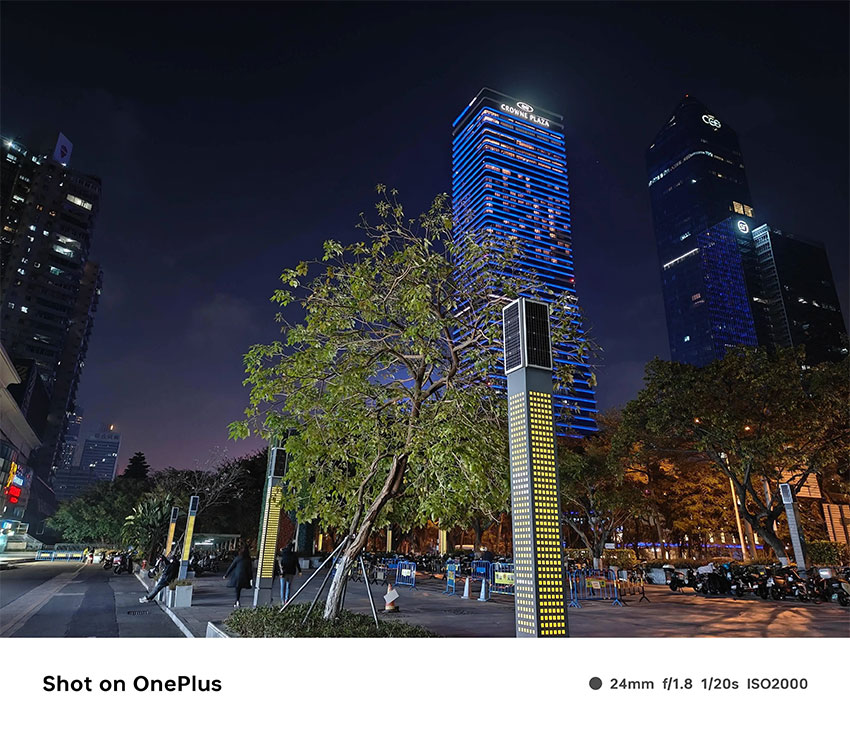
The new Super Frame Super Picture engine from OnePlus allows users to easily enable 1.5K+120 FPS gaming even without game optimization, providing options for high-quality, smooth, and low-power gaming experiences. Regardless of the mode chosen, users can enjoy a "no frame rate drop, no loss of image quality, smooth and stable" gaming experience, showcasing OnePlus' deep optimization in both hardware and software. In addition to performance, the battery life is also impressive, combining performance and power consumption perfectly, achieving lower power consumption and minimal discharge loss, resulting in an excellent battery life of nearly 12.5 hours!
The OnePlus Ace 3 offers an experience far beyond its segment, leveraging its characteristic "most stable frame rate, most aggressive temperature control." It can be said that this is OnePlus' flagship product for the beginning of 2024, delivering the most sincere product to users!



